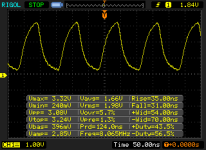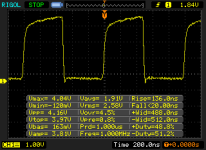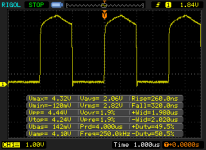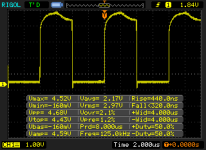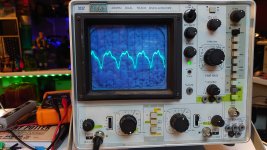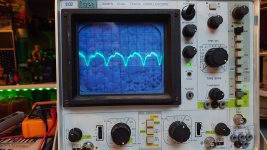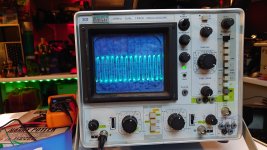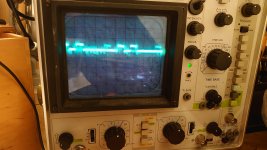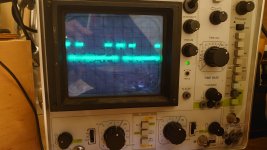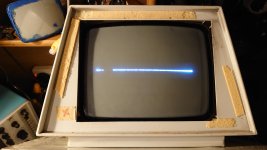Hugo Holden
Veteran Member
When de-soldering be careful to not overheat the board at >350C the board might want to bubble and delaminate which would ruin your day. The safest approach is probably to cut the legs and do one pin at a time. Depending on your skill level it might be fun to try and get the device out to test it standalone but it might not be worth it!
As I alluded to, my approach is to only remove the soldered in IC, when the detailed scope recordings of it in circuit, conclusively prove it is defective, beyond any doubt.
Then in this case, because nothing is lost, it is far better to cut the IC pins with very sharp needle nose cutters, close to the IC body and remove the pins, one by one from the pcb.
Then, after that is done add fresh solder to the pcb and then use the solder sucker to clear the holes and solder wick to remove lumpy solder from the pads and then clean up with IPA or better CRC's CO contact cleaner..
This way, the most valuable part you are working with ( which is the pcb not the IC's) is not damaged.
And if you have been diligent, you will not have unnecessarily sacrificed a good vintage IC, in the mistaken belief that it was defective.
If you get it wrong and you are back to square 1 and conclude that the original lovely vintage date code IC that you have just removed and cut the legs off, was in fact ok, then you only have yourself to blame by not being thorough enough with your oscilloscope tests and jumping to conclusions that it was defective.
Of course, to get it right "most of the time" it is a learning curve. It takes a long time to be close to 100% confident of your decisions in the area.
Therefore, if you foul it up and sacrifice a perfectly good IC, don't beat yourself up about it, but by the same token learn from it, don't make the same mistake next time.

